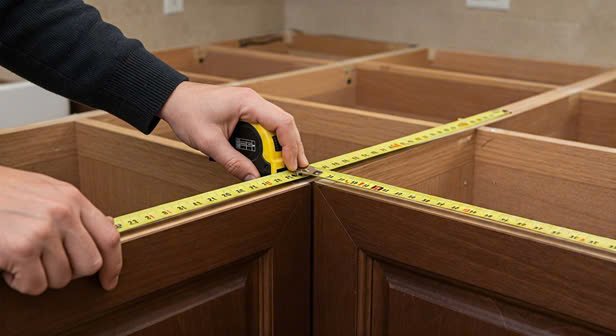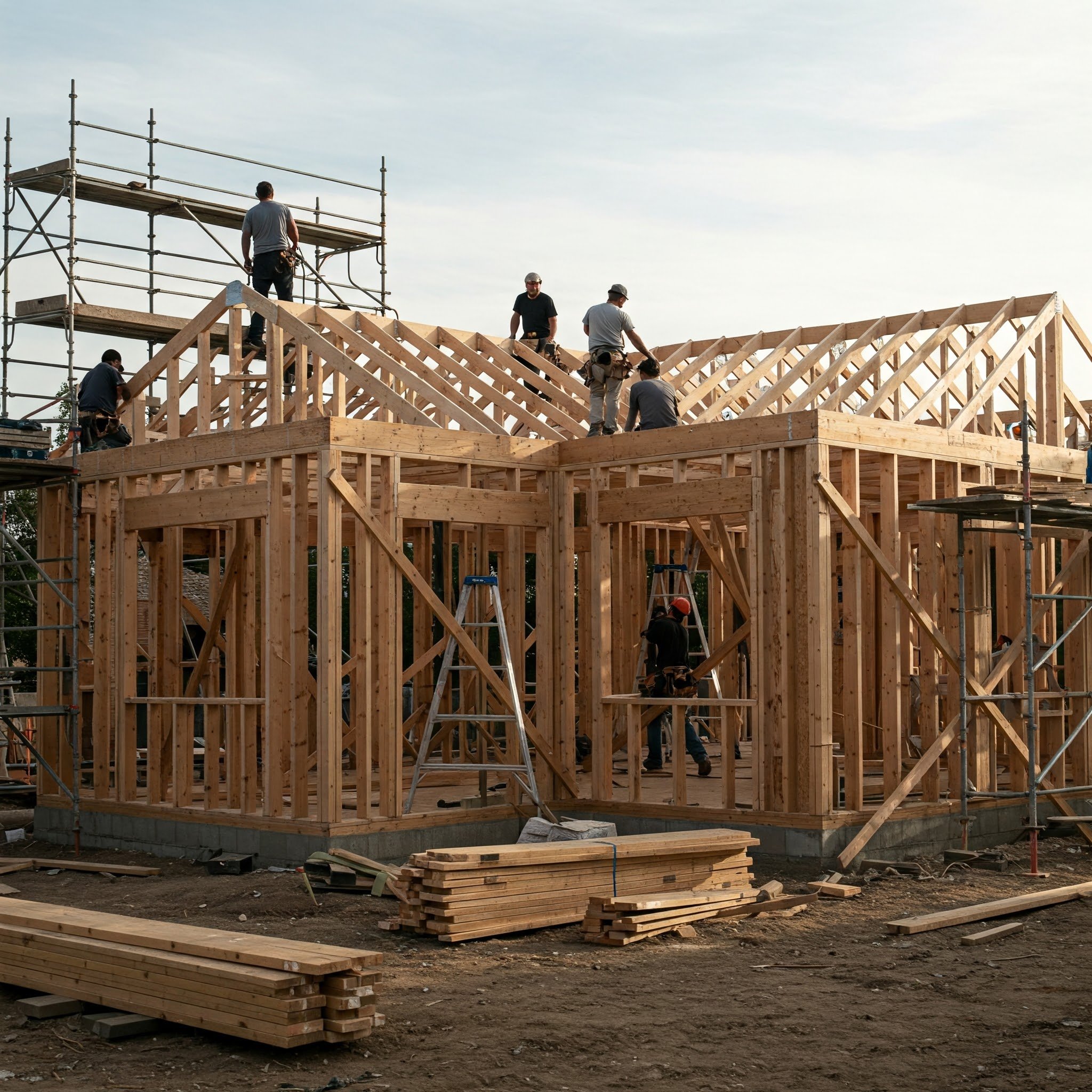Save Money and Energy on your Loft Insulation Upgrade
Learn how to save money and energy with a loft insulation upgrade. Discover tips on choosing the best materials and maximizing efficiency for a cost-effective home improvement.
Are you considering to have your loft insulated? Good call! Not only is it a great way to cut costs on electricity, but it also makes your house cosier and less damaging to the environment. Here, we will explore all the basics of loft insulation, including the types of loft insulation, planning and installation considerations, and how to cut the cost of insulating your loft. Well, let’s start and transform your loft into an energy efficient powerhouse!
Understanding Loft Insulation
Well, let’s discuss the insulation of the lofts now! Loft insulation is one of the most effective ways of increasing the energy efficiency of your home at a relatively low cost. In this case, the selection of the materials is critical. Both types have their advantages, so it is useful to familiarise yourself with them a little.
Types of Insulation Materials
Blanket Insulation: This one is the most preferred by many as it is easy to use and the results are impressive. It is available in large rolls made from fibreglass, mineral wool, or even cotton. The best part? It is relatively easy to install and can easily be fixed between those joists up in your loft.
Loose-fill Insulation: Well, if you have a loft with various irregularities such as niches, then it is better to use loose-fill. It can be made of fibreglass or cellulose and you can either pour it in or use a blower. This is perfect for reaching all the nooks and crannies and guaranteeing that no area is left uncovered.
Benefits of Upgrading Insulation
Energy Savings: It’s no secret that heating and cooling your home accounts for a large portion of your utility bills. Insulating your home properly will help you cut down these costs easily. Your home will also stay at a comfortable temperature during the summer and winter months, without overworking your air conditioning and heating system.
Comfort Improvement: Better insulation means a more consistent indoor climate. Say goodbye to drafts and cold spots – your home will feel cosy and even throughout.
Tips on Saving Money on Loft Insulation
Upgrading your loft insulation doesn't have to cost a fortune. With a bit of savvy planning and taking advantage of available resources, you can keep costs down and still get top-notch insulation. Here are some tips to help you save:
Explore Insulation Grants
Check for Grants: There are several insulation grants that are available in the UK to assist with the costs. There are special programmes like the Energy Company Obligation (ECO) scheme that can offer a lot of funding. Before you begin your project, find out if you are eligible for these grants.
Local Government Programs: Some local councils offer their own insulation schemes. It's worth visiting your local council's website or giving them a call to see if any additional support is available.
DIY Installation
Doing the job yourself will save you a lot of money too if you are the DIY type or if you are the follow-directions-accurately-according-to-the-manual kind of person. Just make sure you observe necessary safety measures when insulating your home and you should be good to go.
You don’t necessarily need to buy tools that you will probably never use again in your life-time. Ask around among friends and relatives first if they have the tools you need. Some cities have tool libraries too where you can borrow tools for a small fee.
Buying Materials
Shop Around: Don’t purchase the first insulation product that you see in the store. Compare prices online and in-store. There are some stores that offer discounts or sales which can help you save a significant amount of money.
Bulk Buying: Insulate a very large area or join forces with your neighbours and insulate homes together. This will significantly lower the cost per unit of insulation that you will purchase.
Seasonal Sales and Discounts
Keep an eye out for seasonal sales or discounts on insulation materials. Stores often have sales during certain times of the year, especially at the end of the season when they want to clear out old stock.
Combine with Other Home Improvements
If you’re planning other home improvements, see if you can bundle projects together. For example, if you’re already getting work done in the loft, adding insulation at the same time might be cheaper than doing it as a separate project.
Planning Your Insulation Upgrade
Upgrading your loft insulation? That's a brilliant move to cut down on energy bills and boost your home's thermal efficiency. Let's make sure you've got a rock-solid plan to get the most bang for your buck.
Assessing Your Current Insulation
Well, before anything else, take a stern look at what’s up there. Is it evenly distributed? Do you see gaps? If it looks more like a compressed, shrivelled up thing then you are probably throwing a huge amount of heat out.
Calculating Necessary Insulation Thickness
The next thing that you need to determine is the thickness of the insulation that you require. This depends on a bunch of factors such as the climate in your area and the type of material that you are using. If you are using mineral wool, the recommended depth should be 270mm.
But hey, don’t just eyeball it, always refer to the recommended guidelines for whichever material you are using. Just remember that when it comes to design, more isn’t always better. It is equally detrimental to over-insulate, so count it well.
Maximising Savings and Efficiency
Upgrading your loft insulation is a win-win for your wallet and the planet. Let’s make sure you squeeze every bit of savings and efficiency out of it.
Sealing Air Leaks
Before you roll out that new insulation, sealing up air leaks is a must. These pesky leaks usually hide around light fixtures, pipes, and ductwork. Grab some caulk or foam sealants and plug those gaps. By doing this, you'll keep warm air from escaping in the winter and from sneaking in during the summer. This simple step can make a huge difference in slashing your energy bills and boosting your insulation’s efficiency.
Regular Maintenance
After your insulation is in place, don’t just forget about it. Insulation can settle or get damaged over time, which cuts down its effectiveness. Make it a habit to check your loft every year.
Look out for any signs of dampness or pest infestations, as these can mess up your insulation’s performance. If you see any areas where the insulation has shifted or gotten compressed, smooth them out to keep everything covered evenly.
Conclusion
And that right there is the bottom line. Loft insulation is a wise investment for your pocket and the environment if you decide to have the insulation upgraded. This way, you will be able to select the right materials, avoid air leaks, and maintain your home to be always warm and efficient.
Do not neglect the grants and think about the do-it-yourself solutions to save money. Following these tips and having a good plan, you will be able to achieve the goal of having a warm home and fewer expenses on utilities. Happy insulating, and let’s start those savings now!






























